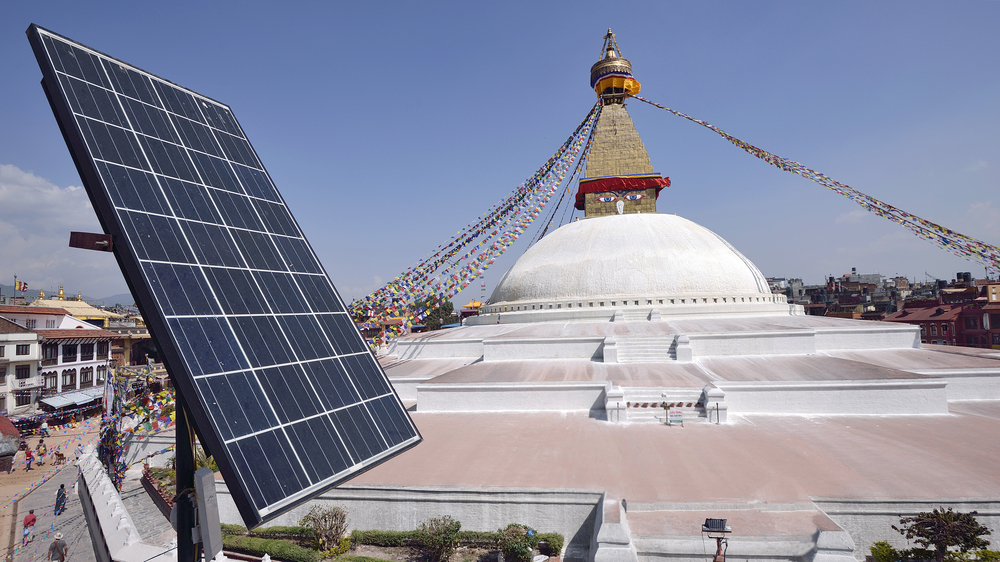Asia clean energy investment must be boosted to cope with climate change
Asia clean energy changes needed, but, coal use to rise 50 per cent by 2035

Asia clean energy investment must increase with coal use in Asia expected to rise significantly in the next 20 years.
Asia has made huge strides in developing clean energy over the last decade but must boost investment and its use of energy efficiency technology to meet rising demand and cope with climate change, Asian Development Bank officials and other experts said Wednesday.
Renewable energy has become cheaper as technology progresses and governments must seize the chance low oil prices present to eliminate costly fuel subsidies and level the playing field for renewables, said Bindu Lohani, an ADB vice-president.
He told the Asia Clean Energy Forum that gathers around 1,000 business leaders, government officials and experts that the ADB sees coal remaining a dominant energy source in Asia despite a leap in renewable energy use including solar, wind and geothermal power. Use of coal is forecast to rise fifty per cent by 2035 from 2010 levels. Coal is cheap but is highly polluting and blamed for contributing to climate change.
Global investment in renewable energy rose 17 per cent last year to $270 billion from 2013. Nearly half of that amount, or $131.3 billion, was investments in developing countries, according to a UN Environment Program report released in March. China accounted for the lion’s share of developing world investment in renewables at $83.3 billion, up 39 per cent from 2013.
Lohani said even if the U.N. achieves its goal to make renewable energy 36 per cent of the world’s energy supply by 2050, two thirds of global energy needs would still be met by fossil fuels, where coal is dominant.
“Asia’s renewable resources are still under-utilized despite enormous demand for energy,” he said.
He said Asia also has not sufficiently tapped commercially available technologies for energy efficiency and needs to retrofit aging power plants.
Robin Dunnigan, the U.S. State Department’s deputy assistant secretary for energy diplomacy, said renewables represent around 17 per cent of the United States power mix, and the country is on track to double its 2009 numbers by 2020. The U.S. has also made big strides in energy efficiency measures, she said
According to the International Energy Agency, “if we realize full energy efficiency potential we can shave off up to 15 per cent of demand globally by 2040,” Dunnigan said.
“Energy efficiency measures are particularly important in cities so if migration to cities occurs at increasing rates in Asia, energy efficiency can really be a game changer,” she said.
The Associated Press






